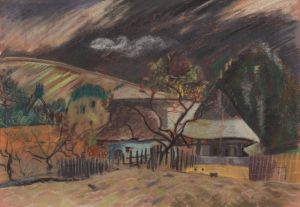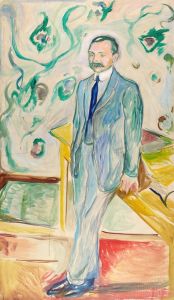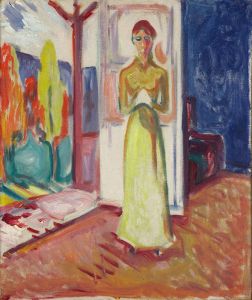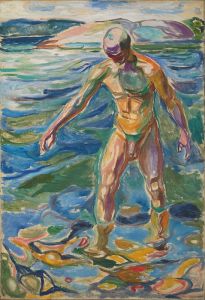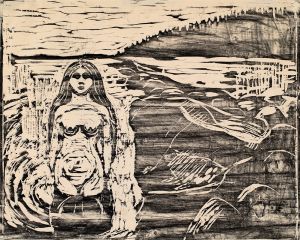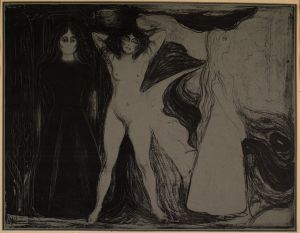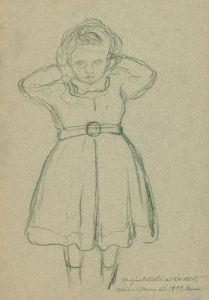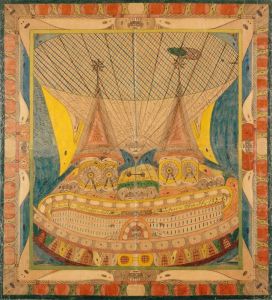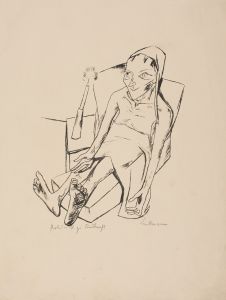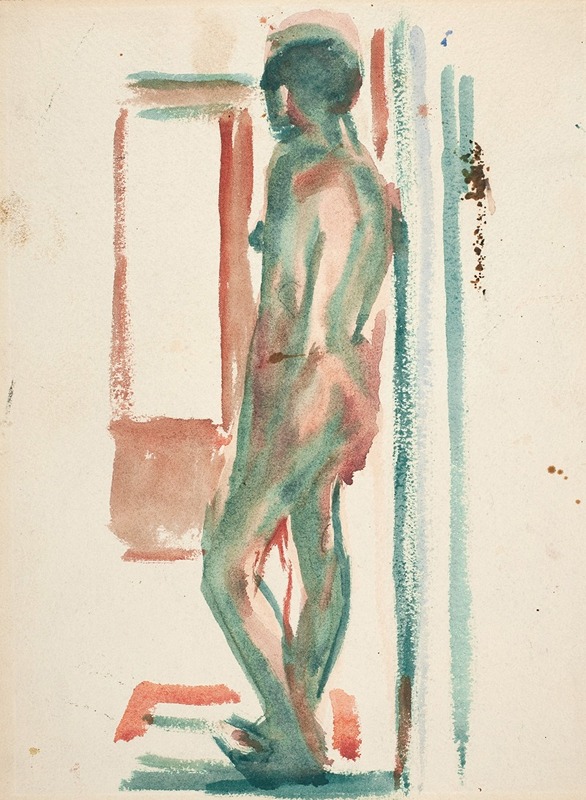
Stående akt
A hand-painted replica of Edvard Munch’s masterpiece Stående akt, meticulously crafted by professional artists to capture the true essence of the original. Each piece is created with museum-quality canvas and rare mineral pigments, carefully painted by experienced artists with delicate brushstrokes and rich, layered colors to perfectly recreate the texture of the original artwork. Unlike machine-printed reproductions, this hand-painted version brings the painting to life, infused with the artist’s emotions and skill in every stroke. Whether for personal collection or home decoration, it instantly elevates the artistic atmosphere of any space.
Edvard Munch, a Norwegian painter and printmaker, is renowned for his significant contribution to the Symbolist movement in the late 19th and early 20th centuries. His work is characterized by a deep exploration of psychological themes, often reflecting his own emotional experiences and existential concerns. One of his lesser-known works is "Stående akt," which translates to "Standing Nude" in English.
"Stående akt" is a painting that exemplifies Munch's interest in the human form and his ability to convey complex emotions through his depiction of the body. While not as famous as some of his other works, such as "The Scream" or "Madonna," this painting still reflects Munch's distinctive style and thematic preoccupations.
The painting features a nude figure, standing in a pose that suggests both vulnerability and strength. Munch's use of color and brushwork in "Stående akt" is typical of his approach during this period, where he often employed bold, expressive strokes and a somewhat muted palette to evoke mood and atmosphere. The background is typically sparse, focusing the viewer's attention on the figure itself, which is rendered with a sense of immediacy and emotional intensity.
Munch's exploration of the nude form can be seen as part of a broader interest in the human condition, particularly the themes of love, anxiety, and mortality. His nudes often convey a sense of isolation or introspection, reflecting his belief that art should express the inner life of the subject rather than merely replicate external appearances.
"Stående akt" fits within Munch's broader oeuvre, which frequently examines the complexities of human emotion and the existential dilemmas faced by individuals. His work is often associated with the Symbolist movement, which sought to express ideas and emotions through symbolic imagery and was a precursor to the later Expressionist movement, of which Munch is considered a forerunner.
Munch's influence on modern art is profound, with his innovative use of color, form, and composition paving the way for future generations of artists. His ability to convey deep psychological states through his art has made him a pivotal figure in the history of modernism.
While specific details about the creation and exhibition history of "Stående akt" are not as well-documented as some of Munch's other works, it remains an important piece within his body of work. It exemplifies his ongoing exploration of the human psyche and his commitment to depicting the raw, often unsettling truths of human existence.
Munch's legacy is preserved not only through his paintings but also through his extensive body of prints and drawings, which continue to be studied and appreciated for their emotional depth and technical innovation. "Stående akt," like many of his works, invites viewers to reflect on the complexities of the human experience, making it a valuable part of Munch's artistic legacy.






